Deciding whether or not to store your baby grand piano isn’t an easy decision. For me, it was the instrument I enjoyed each morning as it filled our home with pleasing sounds.
But the time came to move and my 90 year old baby grand piano needed a new home. I knew one day this would happen.
Even if you’re running out space or just want to clear out clutter, dealing with such a huge object can be emotionally draining and physically difficult. Baby grand pianos can weigh from 550 to 650 pounds, which is a lot of weight to move around.
These instructions below can work equally well for an upright and a full grand piano. You just need to make sure the destination space is large enough.
What is a Baby Grand Piano?
A baby grand piano (also referred to as a “mini grand piano”) is a smaller version of a traditional grand piano, designed to take up less space while still offering the same rich and full sound.
Baby grand pianos typically range in size from 4’5″ to 5’5″ in length, which is smaller than a standard grand piano which can be up to 9′ in length.
They are often used in homes or apartments where space is limited, but the owner still wants a high-quality instrument for playing and entertaining.
Because of their smaller size and lighter weight, baby grand pianos are easier to move compared to standard grand pianos.
Weight of Pianos
Here’s the weight differences together:
Upright Piano weight from 500 to 1000 pounds
Grand Piano weight from 700 to 1200 pounds
Baby Grand Piano weight is 550 to 650 pounds
The main thing is that when moving a piano (and when storing a piano), you want to keep any piano in it’s natural upright position and not lay the piano on it’s side.
My experience with moving a baby grand piano
With our piano move, we decided to hire a professional mover. I’m glad for that. It saved us a lot of grunt work and I knew the piano was packed carefully. I believe it’s worth it to make sure that the mover you choose is trained in moving pianos.
Once the mover arrived, he safely and quickly removed the foot pedals. I never guessed those pedals could come off that way. Then the mover took the legs off and wrapped up the piano to protect the finish.
The mover had a special dolly to get over the door threshold and then packed my piano into their special van. The mover then reversed those steps to get the piano set into it’s new home.
The baby grand is doing well in the new place now — although I still need to make sure the humidity level is correctly balanced with my Dampp-Chaser humidifier.
If you have an older piano, the Dampp-Chaser humidifier helps to protect the harp soundboard from overly expanding and contracting due to humidity changes. It mounts underneath the piano and keeps a consistent tone produced from the instrument.
An 90 year old piano can be a joy to behold, the wood used back then was excellent quality. And the sound harp is in great shape. Through this experience, I learned that it’s important to correctly know how to store a baby grand piano so you can have many years of music enjoyment.
 With proper care, your baby grand piano can give you years of enjoyment.
With proper care, your baby grand piano can give you years of enjoyment.
Taking Care of a Piano
Pianos are an expensive investment, so if you want to keep one for a long time, paying attention to the best way to care for them should be worth considering.
Whether it’s due to moving, making repairs, or placing a new instrument into the house, proper storage of a grand piano is important.
If you don’t have enough room in your home to store a piano, consider renting a place that has ample space. You may also need to make some adjustments to the interior of your home to accommodate the piano.
How to Store a Baby Grand Piano
If you decide to store your piano at all, there are several options available. The first step is deciding where you will store it and what type of storage system you’ll use.
You can either store it at home on your own – or put it into a climate controlled storage unit. Each has advantages and disadvantages. These tips also apply to grand piano storage.
The best piano storage rates are often kept secret. You can call now to get an estimate and reserve your space — all within 5 minutes.
Call anytime and start saving.
Tap here:
877-908-1466
PRO TIP
When moving a piano, hire a professional. The guy that moved my piano had a son in a professional band that everyone knows of — and it was so interesting to find that out in the middle of our move. However the main reason is that a pro will take care of your piano and move it without getting a hernia. The amount you pay to move a piano is insignificant compared to the value of your piano.
You Can Store It at Home
You may choose to store your piano at home in a garage, basement, attic, shed, or even outside on a porch.
Some people will opt to move their piano inside when they aren’t playing it. This allows them to enjoy the benefits of having a beautiful instrument while avoiding the hassle of storing it.
If you plan on keeping your piano indoors, you’ll need to think about how you’ll protect it from dust, moisture, and other hazards. Picking up a protective cover for your piano is a good idea.
When storing a piano, you’ll want to avoid direct sunlight because it causes the wood to expand and contract more rapidly. Fluctuating humidity levels can also cause the wood to expand and contract more rapidly — which could lead to cracked wood around the harp.
Also, try to avoid storing a piano near heat sources like radiators and fireplaces.
After wrapping the piano in plastic, you’ll need to secure it using straps. This can provide extra protection against accidental movement.
Once you’ve wrapped your piano in plastic, you can store it anywhere. However, if you plan on storing it outdoors (which we do not recommend), you’ll need to find a location that is protected from rain, snow, wind, and extreme temperatures.
You May Need to Make Adjustments to Your Home
Depending on where you plan on storing your piano, you may need to make some adjustments to your home.
If you plan on storing your baby grand in a garage (which we also do not recommend), you’ll likely need to remove the door so that it doesn’t block access to the space.
If you plan to store your piano in a climate controlled room of your house, you may need to install a ventilation system. You can do this by installing a window fan or opening a small hole in the wall.
You Should Not Store a Baby Grand in the Garage
One of the largest spaces in any house is the garage. A garage is a separate area from the house that ideally stores things that cannot fit inside the house.
Most people would think that storing a piano in a garage makes sense, but it’s actually not a good idea.
If you’re planning on storing your piano in a garage or basement, the ideal piano storage temperature is between 50-60 degrees Fahrenheit. You’ll want to make sure the temperature stays within that range.
If you live in an extremely hot or cold region, you may want to look into purchasing a portable heater or air conditioner.
Ideally, it’s not the best way how to store a piano in a garage. During the warmer summer months, the garage could be up to twenty degrees hotter than outside temperatures.
This variation could make it very difficult to protect your prized possession when storing a piano in a garage.
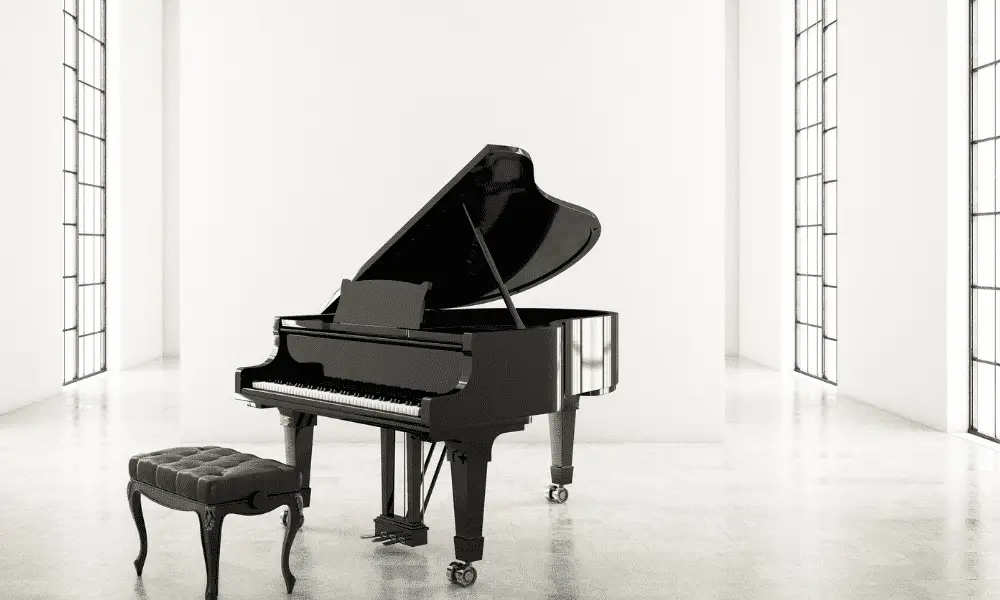 Baby Grand Pianos hold up well in a climate controlled environment.
Baby Grand Pianos hold up well in a climate controlled environment.
Storing the Piano in a Professional Climate Controlled Storage Unit
A climate controlled storage unit is a great option for those who want to store their piano safely without worrying about humidity or temperature fluctuations.
Climate controlled units are usually located in a warehouse or building with special equipment that keeps the temperature constant. They are ideal for pianists who play frequently and want to ensure that their instruments stay in peak condition.
The cost of these units varies depending on the size and features you’d like. For example, larger units often include better insulation and heating systems.
The best way to determine whether this is a viable option for you is to contact a local storage facility. Ask them about the services they offer and what kind of facilities they have.
There are often speciality storage places that only store pianos and nothing else. We’ve found their prices to be competitive with self storage centers and you get the benefit of their specialized knowledge too!.
Preparing a Baby Grand Piano for Storage
A good location for a piano is in an air conditioned storage facility or a spare bedroom. Make sure the storage place is large enough to store the piano standing up rather than lying down. What people do is to cover it with several layers of protective cloth sheets — followed by a thin layer of plastic sheeting.
The last thing you need to do is put a blanket over the top of the piano. A blanket provides cushioning and protects the wood from damage.
You may also want to invest in a humidifier to help prevent mold growth. If you live in a dry area, you might want to buy a dehumidifier.
If you want to keep your piano safe from extreme temperatures and humidity, then you should put it in a climate-control environment.
If you store your piano at a different temperature than where you normally keep it, you’ll want to gradually expose it to the new temperature before storage so it doesn’t experience any damage.
Storing a glass baby grand piano
Storing a glass baby grand piano requires careful planning and execution to ensure its safety during transportation and storage.
First, the piano must be disassembled by a professional piano mover to protect the delicate glass components. The glass panels can be wrapped in thick blankets or foam to protect them from damage during transit.
The piano’s legs should also be removed and wrapped separately to prevent scratches or other damage.
The piano should then be carefully placed in a climate-controlled storage unit, away from any sources of moisture or extreme temperatures.
It’s recommended to use a specialized piano storage facility with experience in handling delicate instruments like glass baby grand pianos.
Moving a Piano in 2023
It’s good to hire professional movers. My piano was moved several miles for only $220. Believe me, this is not a place where you want to save a few bucks.
A friend moved a piano within the same neighborhood and it was less than $100. Many people are surprised that a piano can be moved for much less than expected.
Most people think it would cost a lot since pianos are big — but expert piano movers are fast and actually careful.
Keep in mind that a large piece of furniture like a grand pianos isn’t just an expensive purchase; it can also be heavy. You should definitely hire professionals to move your piano. Make sure they’re experienced and know how to handle heavy items properly.
What takes the mover only 10-15 minutes could easily take you three hours to complete. And it helps keep you safe if something were to happen.
Most movers even have a highly specialized van or moving truck, depending on the piano size. That’s so much better than putting the piano into an open flatbed trailer.
A Piano Moving Horror Story
A friend thought he’d save around $150 and not hire a piano mover for a short move he needed.
He was moving his wife’s upright piano and got a group of friends together. They used a flat bed trailer with wood slats.
One of the slats caught onto the bottom of the piano and as they lifted the piano up and over the edge of the trailer, the trapped wood slat ripped out the piano harp.
The piano was ruined and my friend’s wife was not happy about this happening to her favorite piano.
My friend’s wife got a replacement piano and they hired professional movers to bring this piano to the house.
I think it’s best to hire a piano mover. To me, the moving cost greatly outweighs the possible risk of damage to the piano. However, if you’re still inclined to move a piano yourself, be sure to search the internet for some tips on moving a piano — or ask a professional company for advice.
Regardless of which piano storage and moving method you choose, be sure to keep all of your belongings safe while you’re storing your piano.
Frequently Asked Questions
Is it difficult to find piano storage?
Usually the same places that offer self storage can also provide an answer for your piano storage. So in that since, it is not difficult.
However, the difficult part is in finding climate controlled storage that will hold the size of a piano. If you have a baby grand piano, then a ten by ten unit should work fine. With a grand piano, you’ll need at least a ten by ten unit with a doorway big enough to accommodate your piano.
There are speciality storage places that only store pianos and nothing else. Often their prices are very competitive with the self storage centers but offer the exact knowledge to tailor to your piano.
How to move a baby grand piano
I’ve actually had several friends ask this question. I told each the same answer… for moving a baby grand piano hire a professional piano mover. I can not emphasize it enough.
The price is much better than you would expect. The piano arrives in one piece and they set it back up for you and even do a mini tune up. It’s worth not having to bear the stress of it all.
What temperature should a piano be stored at?
There’s two parts to answer this storage question… you need to know temperature and humidity level.
That’s part of the reason why storing a piano in a garage is challenging for the piano.
For temperature, 65 to 75 degrees Fahrenheit is ideal for piano storage. These is also an ideal temperature range when your piano is at home (or on stage).
Try not to let your piano’s room temperature get above 90 degrees or below 40 degrees — as this could cause an issue with your sound board expanding, leading to cracks in the wood.
For humidity level, aim for 35% to 50% humidity. This keeps the wood from drying out and cracking.
When your piano is at home or on stage, a Dampp-Chaser can easily maintain the proper humidity ratio. For baby grand piano storage, check with your storage place as far as making sure they keep the proper level.
Can you store a piano in a POD?
Yes, it’s possible to store a piano in a POD as long as it fits inside the container and is properly secured to prevent any damage during transportation.
However, it’s important to note that pianos are sensitive instruments that require special care and consideration during storage and transportation.
You should consult with a professional piano mover or storage company to ensure the piano is properly prepared for storage and transportation to avoid any damage.
Additionally, a climate-controlled mobile storage unit is recommended to protect the piano from temperature changes and humidity fluctuations.
Can I do long term piano storage?
Yes, long-term piano storage is possible, but there are important precautions to take to ensure that your piano remains in excellent condition during storage.
It’s highly recommended to store the piano in a climate-controlled environment to prevent damage from temperature changes and humidity fluctuations.
Additionally, a specialized piano cover or blanket should be used to protect the piano from scratches, dents or other forms of damage.
It’s also crucial to choose a storage unit that’s large enough to safely accommodate the piano without the risk of any damage from other items.
We strongly urge you to consider hiring a professional piano mover to assist with transport and storage — to guarantee that the piano is correctly handled and protected throughout the process.
Is it OK to store a piano on its side?
No. When considering how to store a baby grand piano, it’s important to take certain precautions to prevent damage to the instrument.
One thing to avoid is storing a piano on its side for an extended period of time. This can cause serious damage to the piano’s internal components, including the strings and soundboard, and can also lead to warping or breakage of the legs or other parts due to the piano’s weight.
If you absolutely must move a piano on its side, it’s crucial to do so with the help of a professional piano mover who knows how to handle the instrument carefully and minimize the risk of damage.
Can you put a baby grand piano in a storage unit?
Yes. Although regarding how to store a baby grand piano, it’s important to take certain precautions.
When storing a piano in a storage unit, the selected unit should be climate-controlled to prevent damage from temperature change and humidity fluctuations.
Covering the piano with a specialized piano cover or blanket will protect it from scratches, dents or other damage. The storage unit should be large enough to accommodate the piano without putting it at risk of being damaged by other items.
Additionally, hiring a professional piano mover can help ensure that the piano is properly handled and protected throughout the moving and storage process.
How do I find piano storage near me?
If you’re looking for piano storage near your location, there are several ways to find a reputable and reliable storage facility.
First, you can start by doing an online search using search engines or business directories such as Yelp.
Another option is to check with local moving and storage companies as they often have service showing how to store a piano in a storage unit.
You can also ask for recommendations from friends, family or music teachers who may have experience with piano storage in your area.
Once you have a list of potential storage options, it’s important to research each place to ensure they meet your needs and offer necessary amenities — such as climate control and complete security protocols.


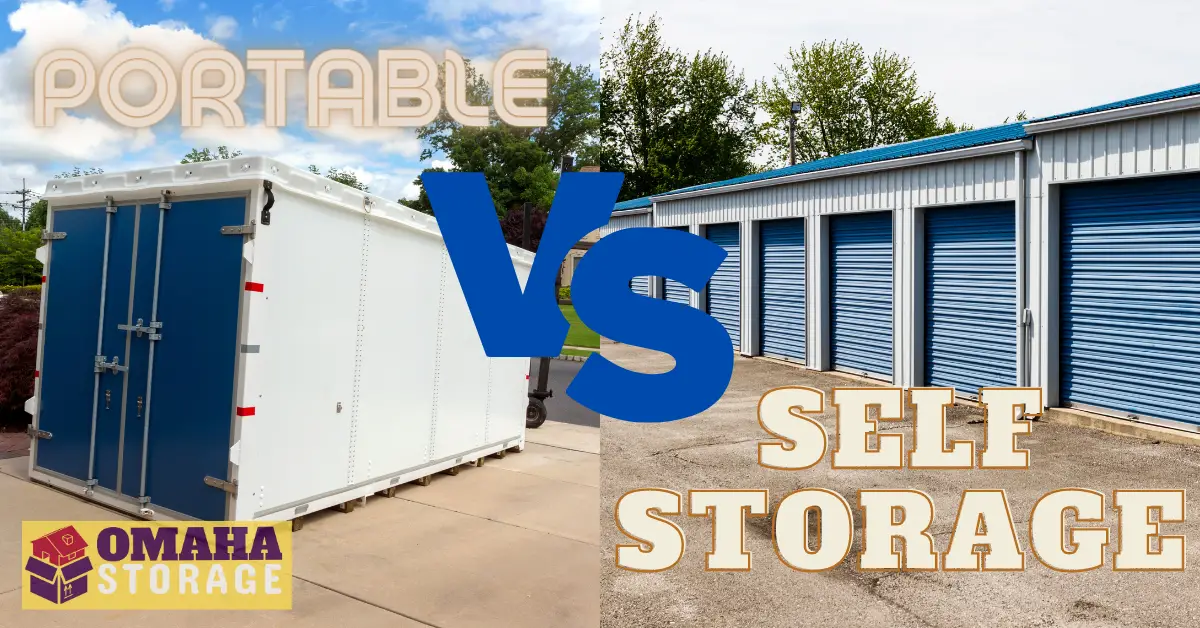
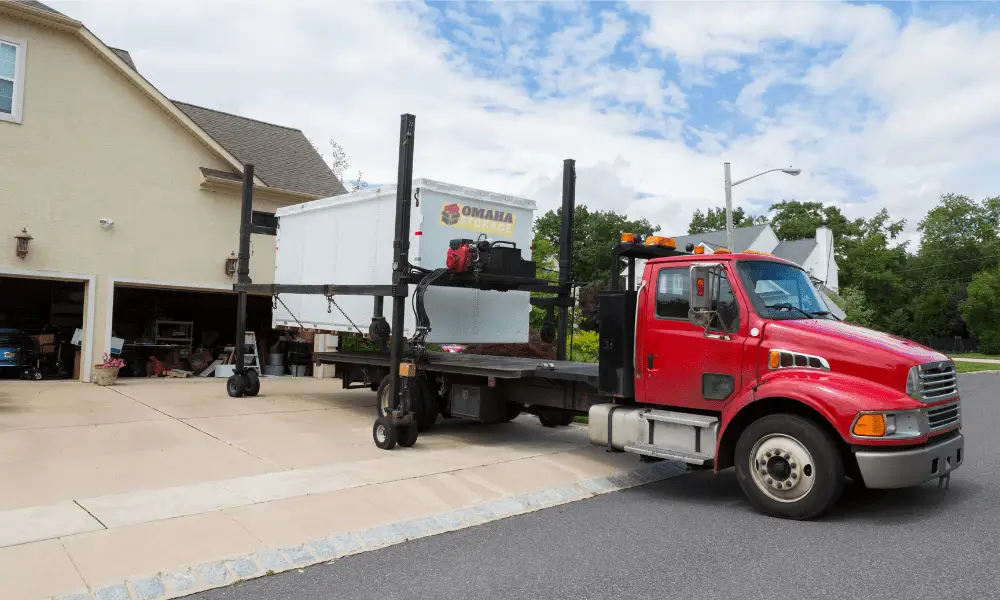 Portable storage containers can be loaded and moved from one location to another.
Portable storage containers can be loaded and moved from one location to another.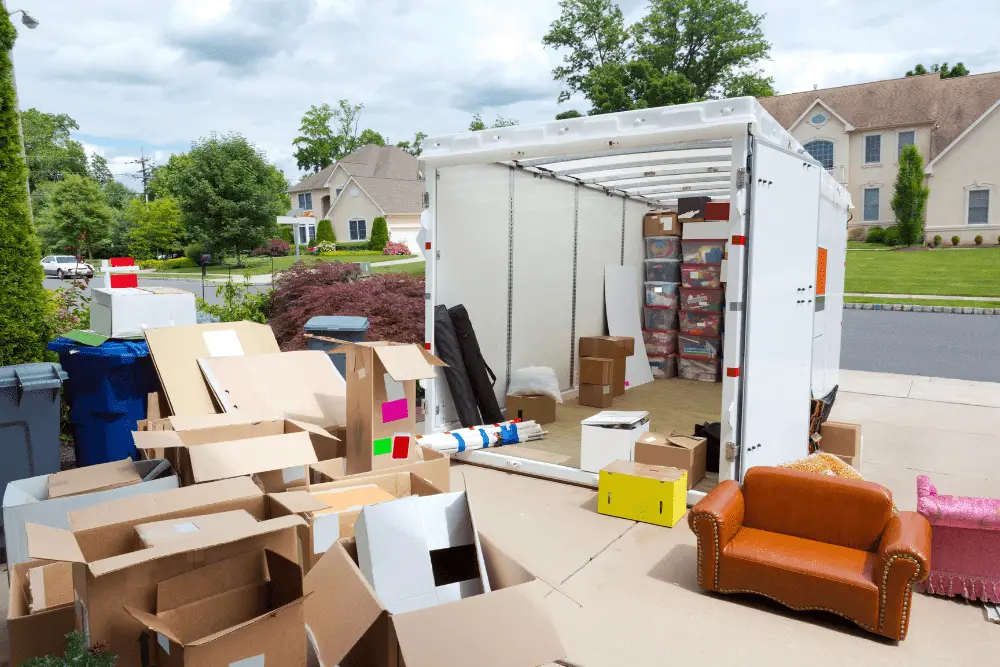 Portable storage units offer the convenience to load at your own speed.
Portable storage units offer the convenience to load at your own speed.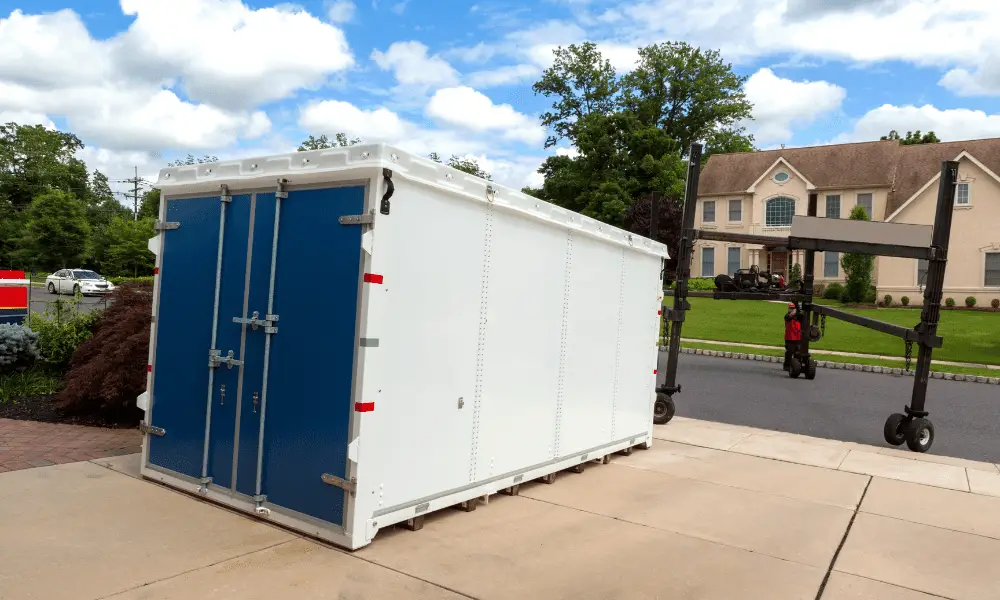 Portable self storage containers can be
Portable self storage containers can be 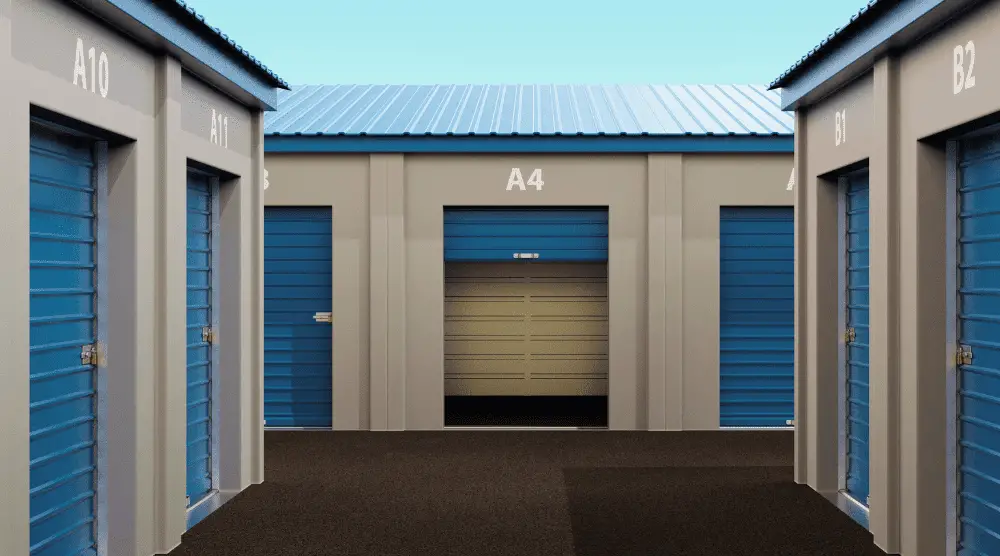 Mini
Mini 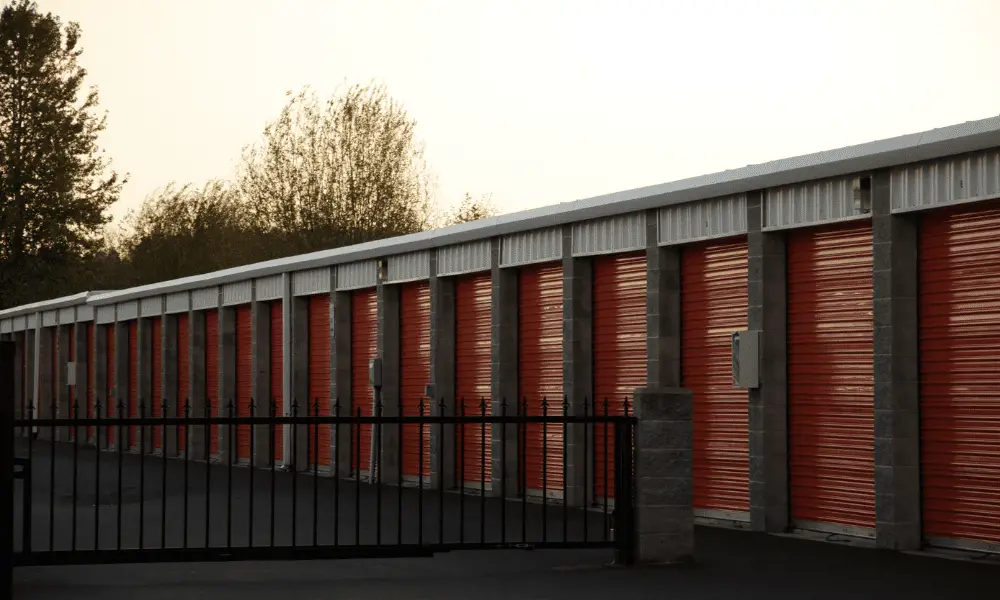 Small storage units are great for those on a budget.
Small storage units are great for those on a budget.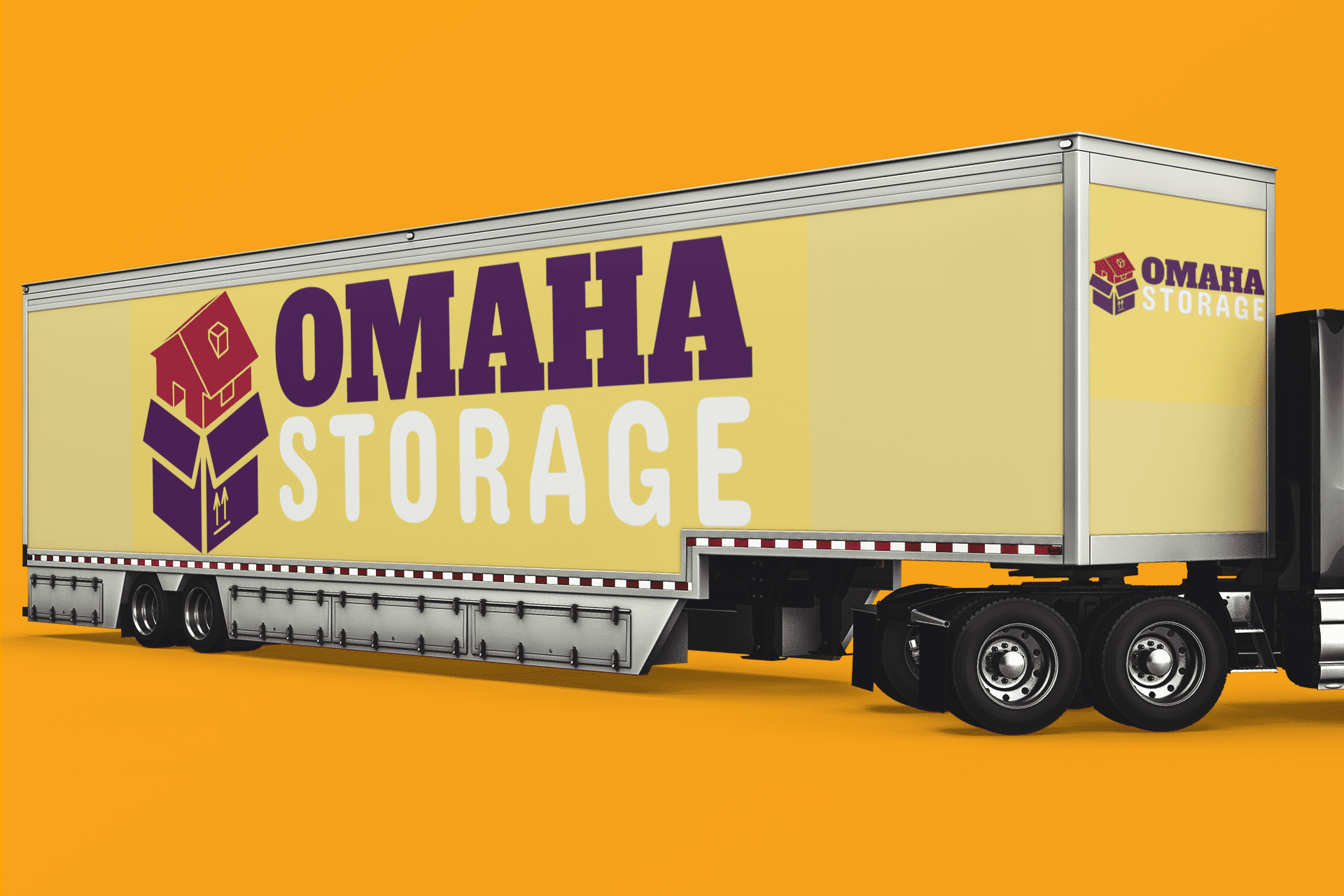 Omaha Storage helps you to get the job done
Omaha Storage helps you to get the job done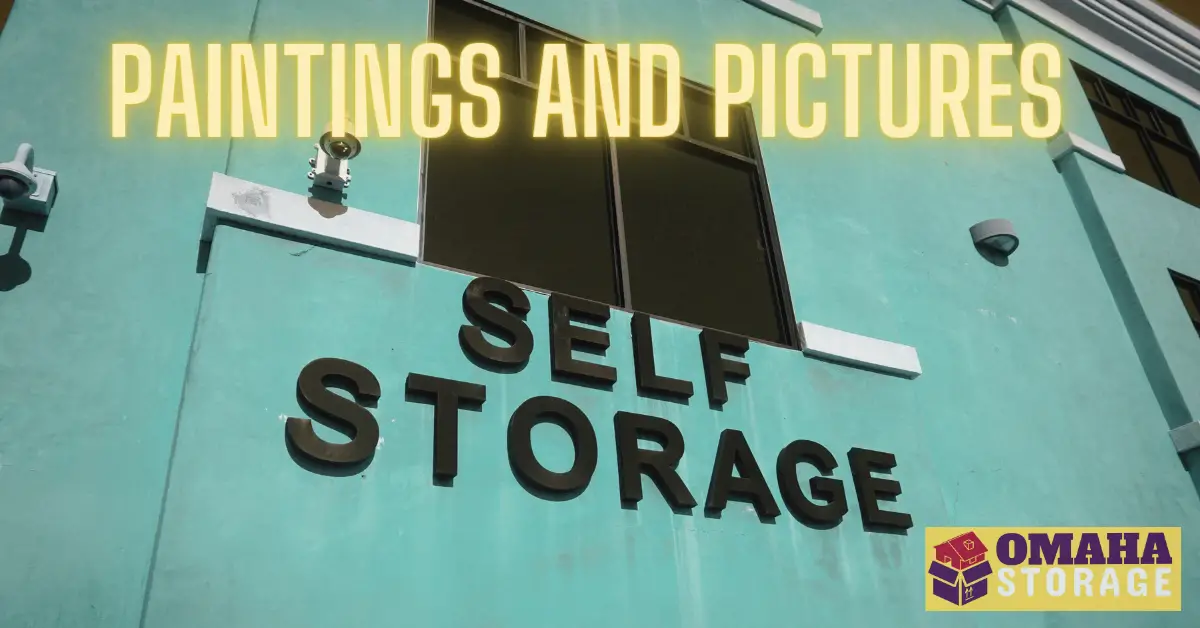
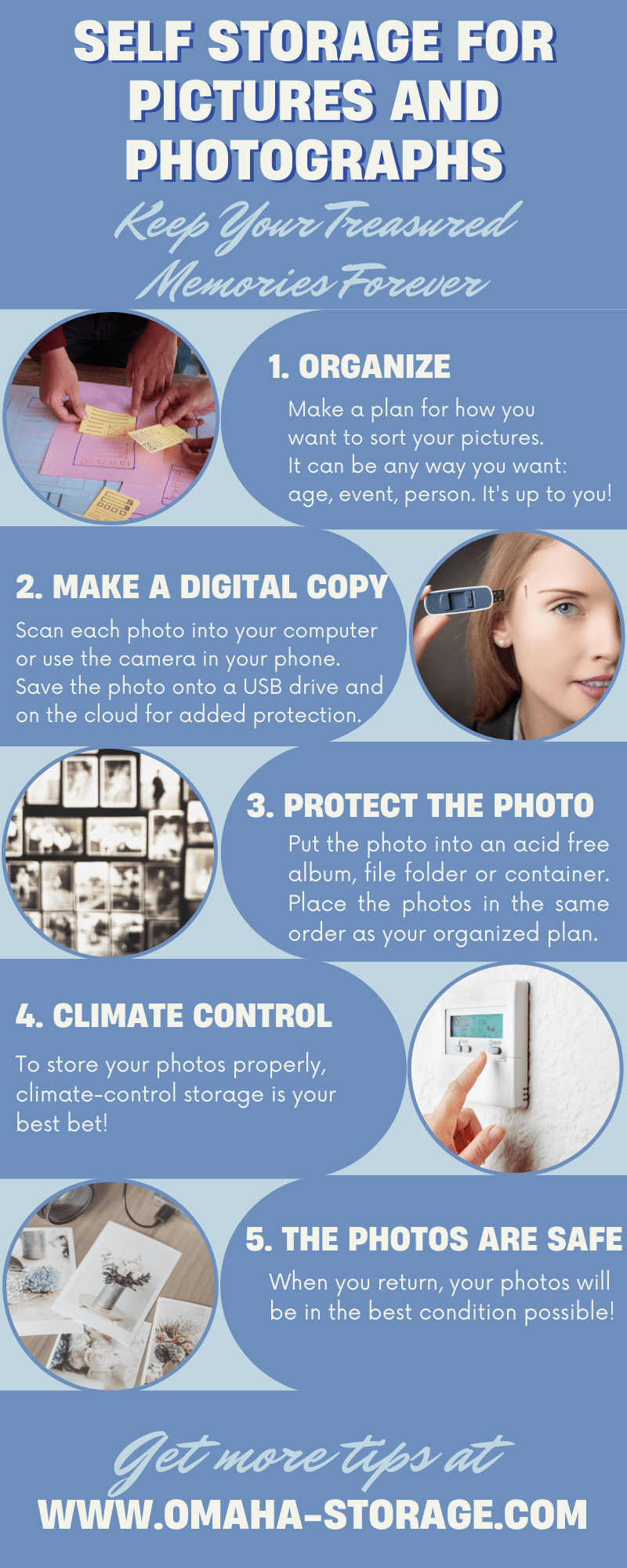
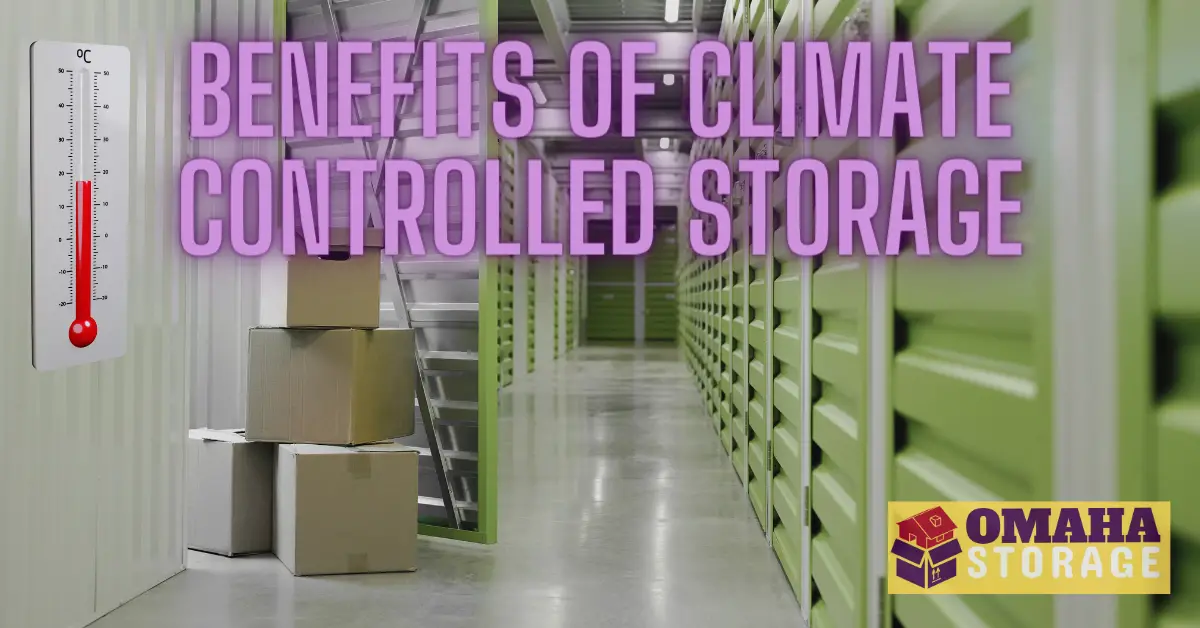
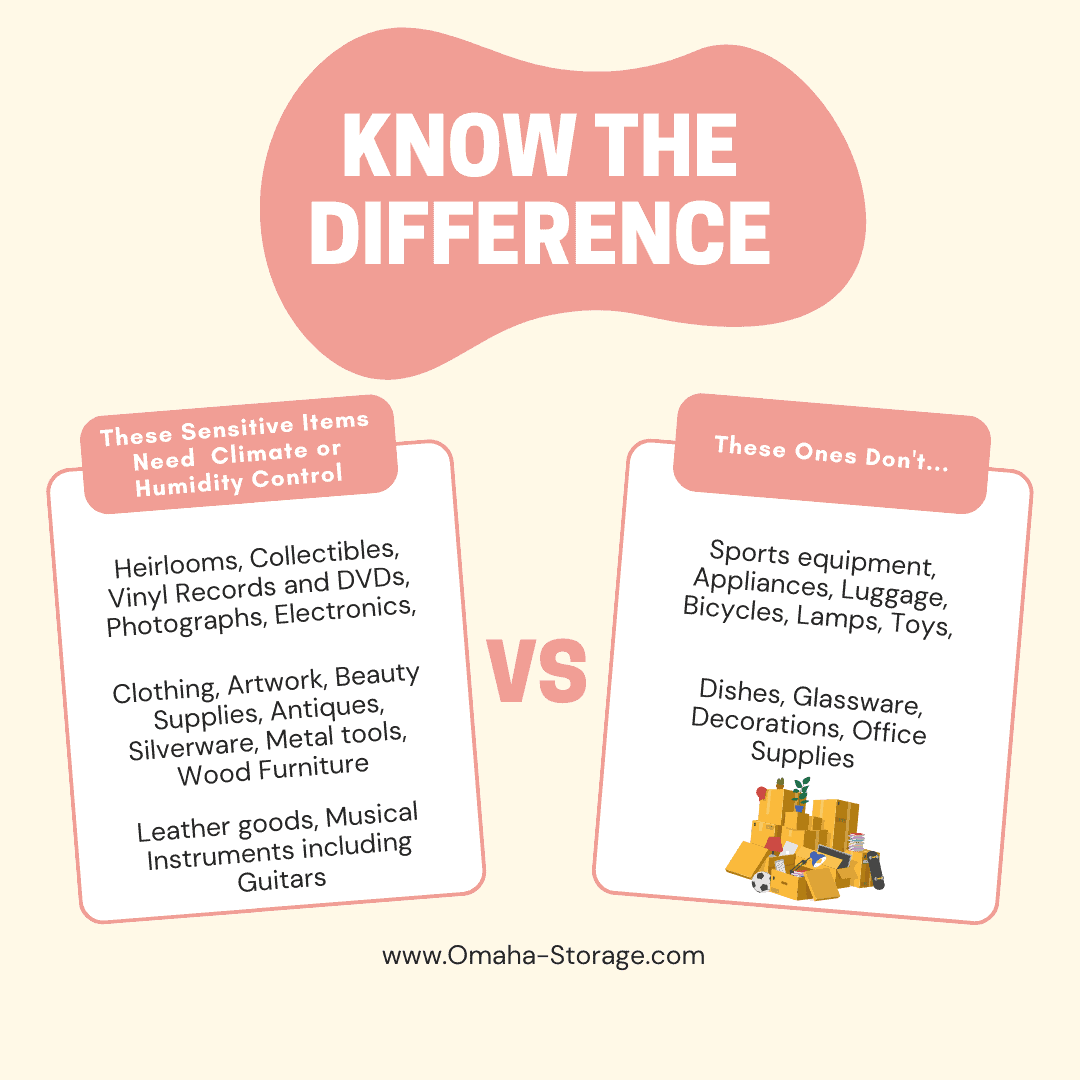 There is a difference for which items do better in climate controlled storage
There is a difference for which items do better in climate controlled storage